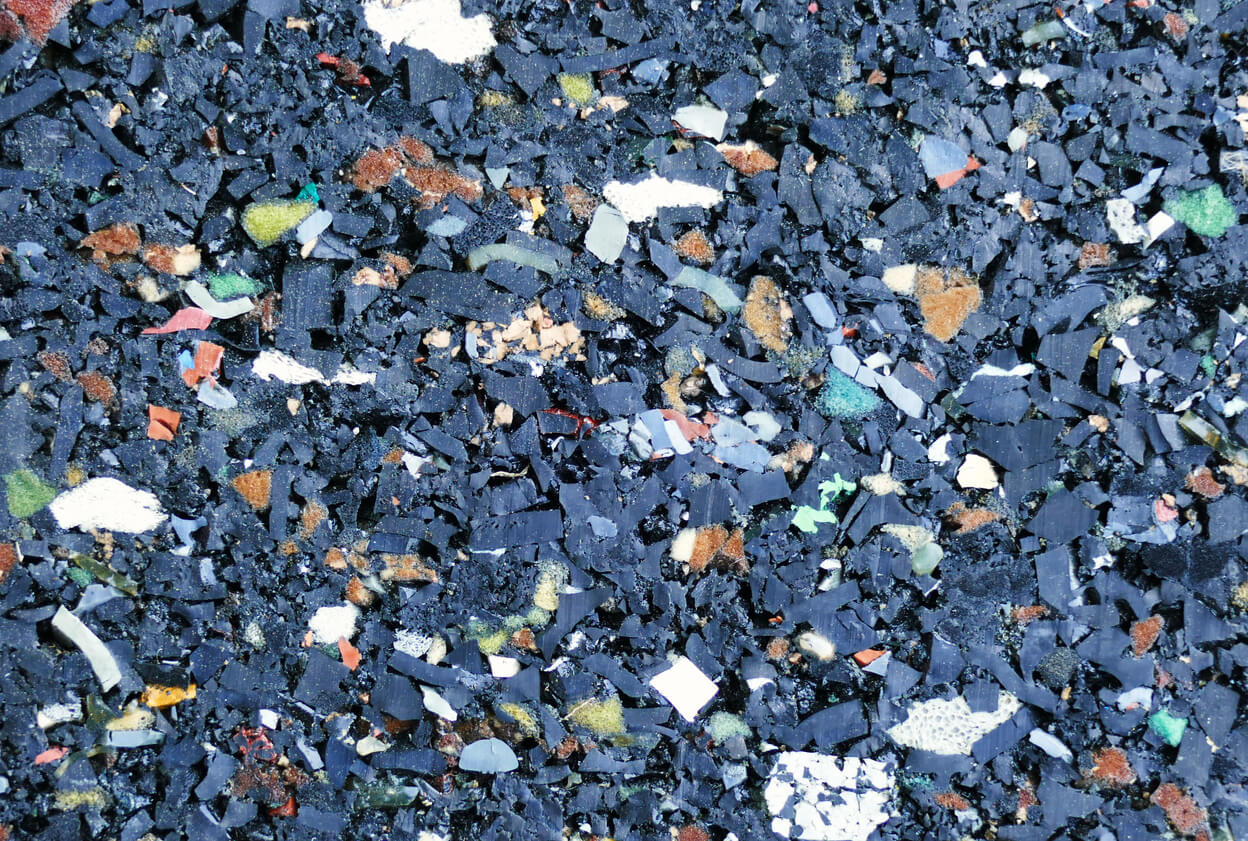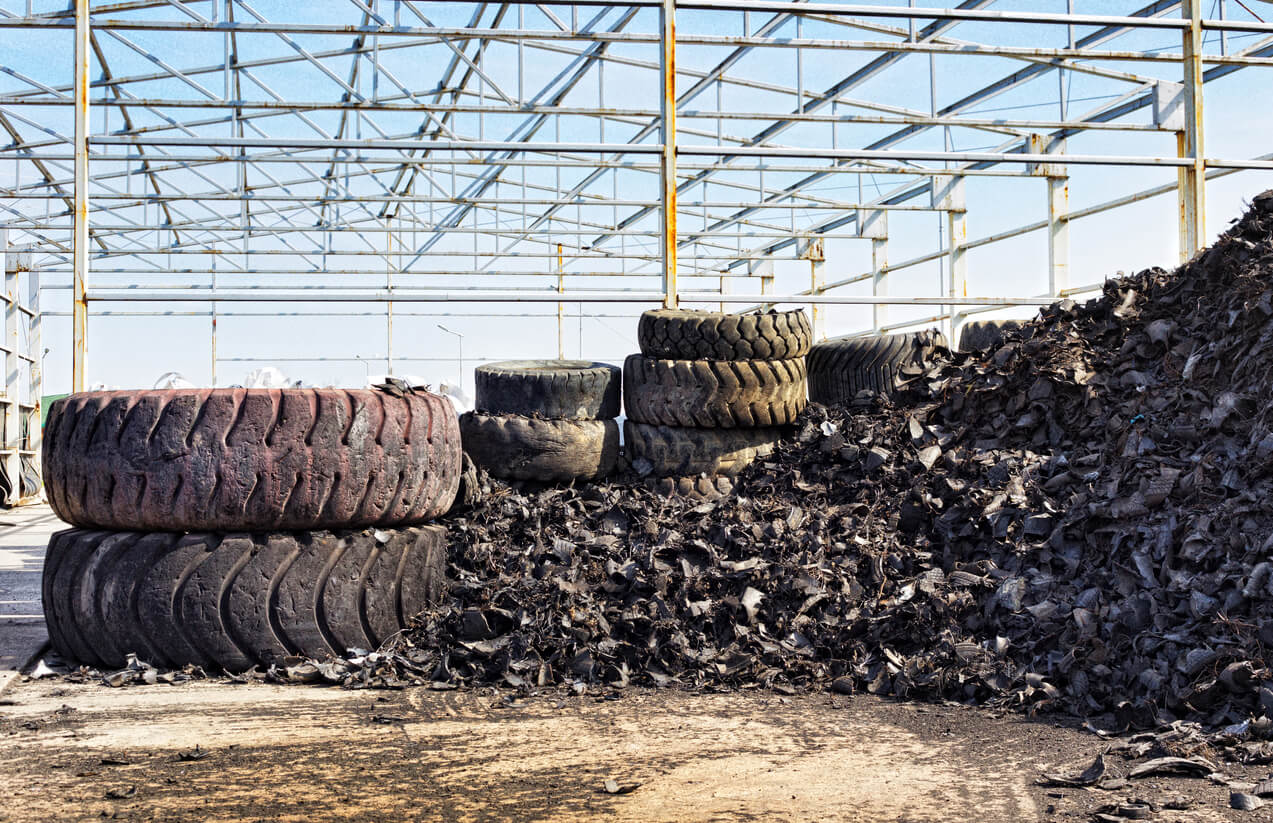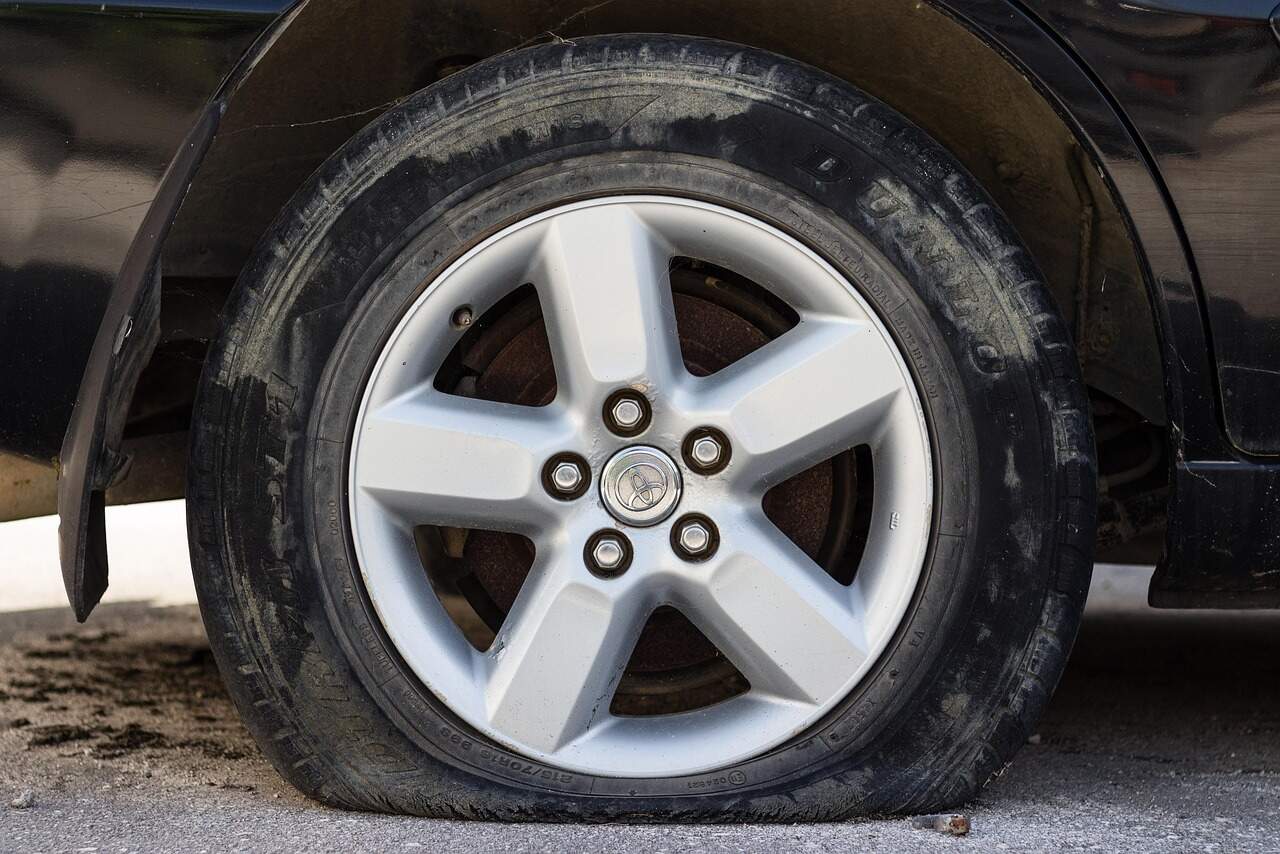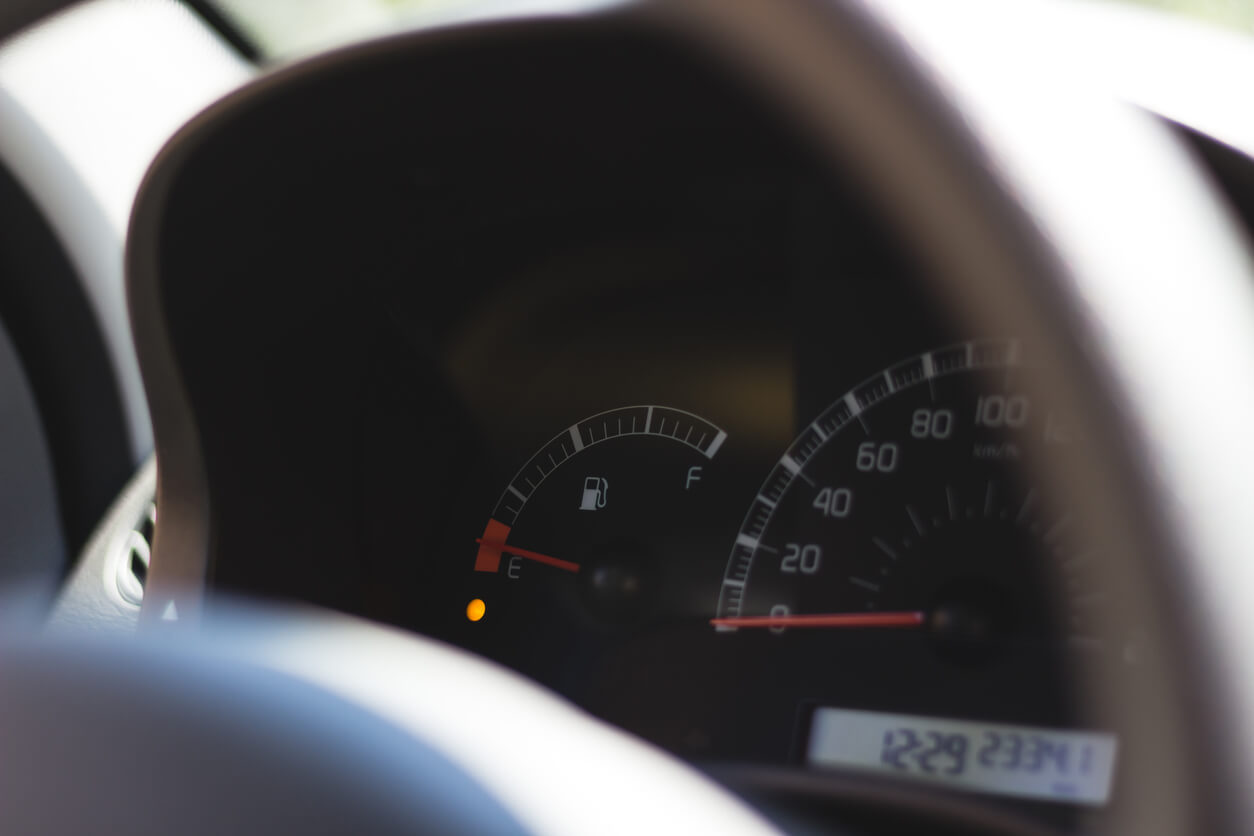Recycling programs around the world have the same goal: divert waste from landfills and incinerators by turning materials that can be reused or transformed into new products. Recycling programs aim to reduce the amount of waste generated, conserve natural resources, save energy, and reduce pollution.
In addition to the environmental benefits, recycling programs can also create jobs and support local economies. By diverting waste from landfills and incinerators, recycling programs can help reduce the costs of waste disposal, and extend the life of available landfill sites.
Every vehicle on the road uses tyres that are made of both natural and synthetic rubber materials as well as steel, textiles and more. These materials are great because they can be recovered and used in many other applications.
What parts of a tyre can be recycled?
Over 90% of a tyre can be reclaimed and re-used in other applications.
Rubber, steel, textiles, and other materials can be extracted from old tyre carcasses and reused in various ways.
Steel: tyres contain steel wires in the bead and belts, which can be recycled by melting and used in the production of new steel products.
Textiles: tyres also contain textiles, such as polyester and nylon, which can be reused in the production of new textiles or industrial applications.
Carbon black: Carbon black is a material used in the production of tyres, and it can be recovered from used tyres and reused in new tyres, plastic products, and ink.
Other materials: tyres may contain other materials, such as fiber or foam, which can also be recycled or repurposed.
Overall, recycling tyres helps to reduce waste and conserve resources, while also providing a source of valuable materials for new products.
What products can be made from recycled tyre components?
While recycled rubber can be used in the production of new tyres, the important role tyres have when it comes to vehicle safety means that many tyre manufacturers opt to make their tyres from mostly virgin material, that is material that hasn’t been used before.
For high-performance demands such as tyres, the unknown history of recycled materials can be a liability, with manufacturers often using less than 10% recycled material in their tyres.

Shredded rubber reclaimed from old tyres is most commonly used to create playground ground coverings, anti-fatigue floor mats, in road construction, athletic tracks and surfaces, landscaping and gardening products such as weed mats and mulch.
Steel that is reclaimed from tyres can be wholly remelted down and repurposed into almost unlimited uses ranging from toys, construction materials and more.
Tyre Recycling in Australia
Tyrepower works in partnership with the Tyre Stewardship Australia (TSA) program.
The TSA is a voluntary industry-led program that aims to reduce the environmental impacts of end-of-life tyres in Australia. The TSA established in 2014 and is backed by the Australian Government and the tyre industry.
The TSA program promotes the recycling and repurposing of end-of-life tyres by encouraging the development of new markets and applications for tyre-derived products.

The Tyre Product Stewardship Scheme, operated by the TSA, is a national accreditation scheme for businesses that collect, recycle, and repurpose end-of-life tyres. The scheme aims to promote best practices in tyre recycling and provides consumers with assurance that the businesses they deal with are operating to high environmental and social standards.
The TSA program also provides funding and support for research and development projects that aim to improve the sustainability and efficiency of tyre recycling and repurposing.
What Do You Need to Know?
Whenever you have your tyres replaced at a Tyrepower store, rest assured that your old tyres will find a new purpose. Whether they’re recycled locally or sent overseas to be re-used in local construction projects, we’ll take care of it.
Reach out to your friendly local Tyrepower store to enquire today about replacing the tyres on your vehicle and about how we are doing our part to manage tyre waste in Australia.



























